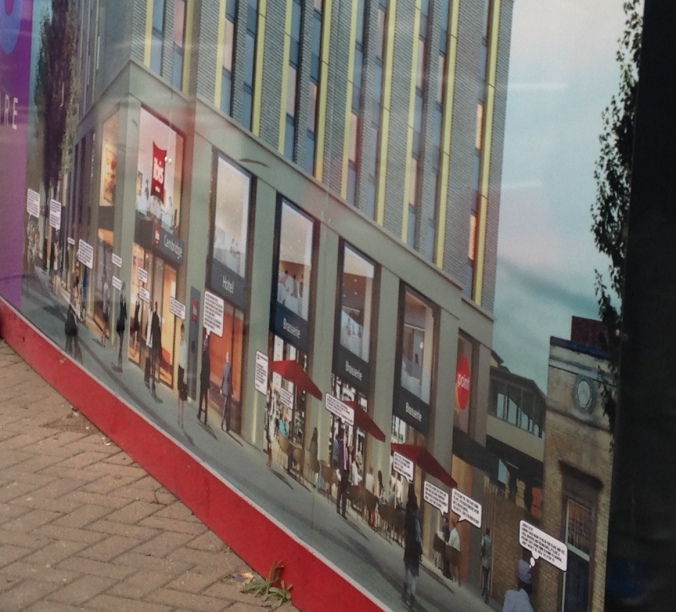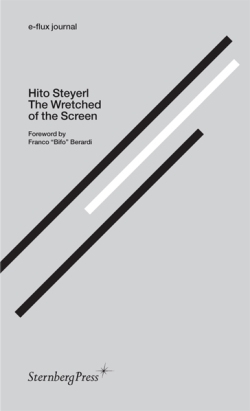MK:Smart is a large ‘smart city’ project based in Milton Keynes in the UK. It’s hosted by my home institution, The Open University. Its core work package when it was set up was the development of a open data hub: an repository of all sorts of big data about Milton Keynes, accessible to anyone. As the project has developed, though, its efforts to enable local people to engage with such an open data source have increased. One of these efforts is the website OurMK, and the project team also does lots of outreach in local schools. You can find about more about their work to facilitate ‘smart citizens’ here and some of their publications are listed here.
As part of this engagement work, the MK:Smart team launched a photography competition in December 2015, with prizes for the best photographs picturing Milton Keynes as a smart city. You can see the finalists here.
I think these photographs raise some fascinating questions about how a smart city is visualised by its residents (or, more accurately, what the judges thought were the best ways some residents had pictured a smart city). Nineteen photographs made it to the final stage – not many, so I should be careful about drawing any big interpretive conclusions from them. On the other hand, as I’ve remarked before, one of the liberating things about writing a blog is that sometimes the robust methodological procedures of the social sciences can be laid to one side and a little more speculative thinking permitted…

Car Park Drama by Suzanna Raymond. Suzanna’s caption read: The way the car park is integrated into the shopping centre looks like a smart design to me, making it an integral part of the layout rather then just a space added on as an afterthought.
So one thing that struck me immediately about these nineteen was how so many of them focus on the landscape of Milton Keynes, and especially on its ‘natural’ landscape: trees, parks, canals, lakes, skies. There are no pictures of servers or data hubs or smartphones (though there are two photos of electric car charging points, one of a bus charging wirelessly and one of solar panels).
This preference for picturing a smart city as a green city perhaps speaks to the distinctive history of Milton Keynes. Milton Keynes was designed as a new city in the late 1960s and early 1970s with plenty of experiments in (and symbols of) more sustainable living: houses powered by solar energy, cycle ways paralleling the roads, a dial-a-bus service, a tree cathedral… the whole city is full of trees and parks and is oriented along a ley line! Milton Keynes has a strong sense of itself as green, then, and these photographs might be speaking to that sense of place. The photos perhaps also draw on a rather English preference for rural landscapes, gardens and parks.
The other thing that struck me about the photographs was the way they display the sort of visual aesthetic that seems increasingly common in many digital images, which is a kind of glow against darkness, whether that’s lights gleaming at dusk or (elsewhere) live data feeds pulsating across a black background. No less than seven are taken around sunset, and one more makes a striking play between a sky darkened by clouds and a golden building.
So, possibly, what we have in this admittedly tiny sample of photographs is an interesting play between what someone like Lev Manovich might suggest is an increasingly widespread visual aesthetic, driven by the extensive use of digital image creation/editing software – even a global visual aesthetic – and something that’s may be much more local, attuned to the specific histories of this particular city and its sense of place.
Now, of course, as Doreen Massey would immediately have pointed out, there’s no clear distinction between the local and the global. Many of the ideas behind Milton Keynes, and implicit in its first visualisations, were imported by its architects from the west coast of the USA, for example, and I’ve already suggested that a love of rural landscape may be as much English as anything to do with Milton Keynes. But it’s precisely this play between the new and the old, between existing ways of seeing and of making images with new ways of seeing and making, that I find so fascinating in this small collection of photographs.















